|
When running with the weighted rucksack – I use the two broad aspects of Daoist breathing usually termed ‘natural’ and ‘correct’. Bear in mind that this ‘moving’ activity is not the complex seated ‘neidan’ practice and is not subject to that type of control. Instead, as the bodily frame is placed under intense pressure, what is required is deep and full breaths, usually in and out of the mouth. This is because unlike the state of perfect balance that is constructed during the practice of Taijiquan (where the breath is taken in through the nose and expelled through the mouth) - running with a weighted rucksack overloads the biological processes to such a high degree that the maximum amount of oxygen is required to maintain its function. This is achieved by breathing in and out through the mouth. Once the parameters are set, what then is ‘Daoist’ about this practice? Natural breathing requires breathing deeply into the lower abdomen – this emphasises the use of the middle and lower-lung capacity – with the minimum of upper-lung capacity. Correct breathing requires the pushing-up of the diaphragm so that the inward breath is compressed from the expanded lower-lung and into the middle and upper-lung. Correct breathing inflates the usually neglected upper-lung capacity which is full of highly dense oxygen-absorbing body-cells. Generally speaking, the upper-lung is often used by the body in ‘emergency’ breathing if the body has become injured, ill, or is inhabiting an oxygen-deficient environment. The ancient Daoists seem to have understood that there is something special about the little used upper-lung within everyday life – and with this understanding they formulated a physical method of breathing that allows a voluntary access of this area. I tend to use ‘natural’ breathing when running with the weighted rucksack – but I switch to the ‘correct’ method when I need to stop to cross the road and/or significantly change direction. I usually take three full ‘correct’ breaths (which oxygenates the body to a greater degree) and then switch back to ‘natural’ breathing which is what I refer to as ‘maintenance’ breathing. Correct breathing in this context is not ‘maintenance’ breathing and should not be confused with the purpose of ‘natural’ breathing. Furthermore, the perspective I am giving here only makes sense when discussing weighted rucksack running. As weighted rucksack running using ‘natural’ breathing dramatically diminishes the oxygen levels in the body (stabilised through fitness levels) – ‘correct’ breathing represents a rapid intake of new oxygen by switching the emphasis of how the breath is managed.
0 Comments
Our family style of Hakka Gongfu involves "Rucksack" running as both an "External" and an "Internal" practice method which builds muscle and joint power, bone strength, and psychological determination and indomitable spirt! As the pack weighs 56 lbs at its maximum weight (it can sometimes be raised to 76 lbs - but this is rare) - it is also a good indicator of developing and maintaining (skeletal) body-alignment - important for dropped body-weight and rebounding power found in the Internal method found in Taijiquan. When young, rucksack running is "External" - whilst for the older practitioner rucksack running becomes "Internal" - and has to be modified as a practice. Long distance running can be interspersed (or changed with) the shorter distances involved in circuits-training. Either way, the positive effects on the mind and body are absolutely the same: I have been pursuing a three-month circuit-training of five-days a week running three-time around the block (Monday-Friday) - carrying the 56 lbs pack. Running in urban environments is easier in one way as the surfaces tend to "flatter" than their "cross-country" (off-road) equivalents. However, running with a weighted rucksack is dangerous as when falling down the impact with the ground is magnified by the extra weight being carried. Falling upon grass, in mud or through water, for instance, is preferrable to falling upon concrete, as such a tumble "cushions" the fall. Yesterday (Monday), at around 830 am, I was slightly distracted whilst running over a broken piece of tarmacked pavement. This happened during the 66th run of my intended 70 - a training stint which will conclude this Friday (December 22nd, 2023). My legs were cut-out from beneath me and I fell onto my hands and knees - with the rucksack propelled upwards and over my right-shoulder. My palms soundly struck the pavement - saving me from a face injury - with my well-conditioned hands suffering no damage. Most the weight, however, entered the ground through my left-knee. My right-knee took about half as much impact. the friction (heat) between the surface-skin of my knees and the fabric of my running-trousers caused the surface-skin to "rub-off" - as can still be seen above. This is why I now have substantial knee-abrasions. A passing neighbour - who was astonished to see me tumble past him - stopped to help me up. This was not as easy as it might have looked - as I had to readjust the heavy pack, and rearrange my legs and knees to attempt an upward thrust from the ground in good order (from a kneeling on one-knee position). This I successfully achieved - thanking my Muslim neighbour for his truly caring attitude. This is why I replied "Peace to you - my friend"! I then reassumed my training - showing a "straight" and "committed" mind-set in the face of adversity - finishing that day's training. When I got home, my partner - Gee - carried-out her usual "nursing" function of repairing the war-wounds of her Hakka Warrior husband using the family Dit Da Jow to clean and dress the wounds. Today, I was up early to continue my training in the rain!
Whilst listening to the (1967) Jimi Hendrix album entitled 'Fire' - I thought I would make a copy of two Goju Ryu Karate-Ka displaying what is called 'Online Kata'! This involves an elaborately designed Kata being disassembled and applied in a straightforward 'one-on-one' self-defence situation. Generally speaking, Kata are multi-dimensional entities designed as a militarised response to multiple attackers coming in from all different directions. Online Kata condenses this down to just a single defender and a single attacker - with both changing roles when the sequence is completed. As can be seen, the blows are delivered with full-power - whilst safety is assured by each blowing landing an inch or two before the intended target area. The arms and legs are making full-contact with regards to 'blocking'. This is pure 'bone-on-bone' full-power conditioning. If the blows landed - then damage would certainly arise - although at this level the body-conditioning is of such a high standard that it would be limited only to the robust surface structures. Those who have mastered the 'internal' - are able to 'pierce' the conditioned outer areas (like a sharp metal knitting-needle) - so that a concentrated force is directed straight into the central nervous system and the neural pathway. The only way to counter this high level of power is to a) experience it within a strictly controlled environment, and b) learn to accept this incoming force and pass it 'through' the body' so that it does not congregate in the central nervous system. In the above example, this is probably happening in the limbs of the practitioners themselves - with the bones being made strong through a combined and integrated 'external' and 'internal' interaction. On a practical level, within a self-defence situation it is preferrable to harness the erratic technique of the aggressor and channel it into a more conducive frequency of aggression - a frequency that can be easily controlled, diverted and negated.
The reality is that the head and centre mass inner organs need to be protected through a) movement of the entire body away from the potentially damaging blows, and b) the movement of the head, arms and legs so as to deflect, parry and/or block the incoming blows when the centre of mass cannot be adequately moved out the way. In the case of unarmed blows - the muscle, bone structure and inner connective tissue can be 'toughened' through physical fitness and martial arts training. The potential damage of these unarmed blows can be effectively absorbed by the outer physical and near surface structures of the body - this includes the bone structures and soft structures that comprise the entirety of skull including the mouth, teeth and tongue, etc. These areas can be 'damaged' but will heal given time. When dealing with bladed weapons - as these can penetrate the toughened outer layers and do fatal damage to the inner organs - movement of the centre mass is of a greater concern if no self-defensive weapon is held by the victim. In this case the legs must be well trained for either minute or substantial (instantaneous) distance adjustment. A damaged leg will still have to move by necessity (hence the importance of squat kicks in all their variants). The upper limbs comprising the arms and hands will have to 'deflect' and/or catch or absorb the thrusts of any incoming bladed weapons that cannot be completely avoided by systemic (evasive) movement. This may involve the substantial damage of these body parts which must be conditioned to perform this function whilst carrying-on moving for the duration of the self-defence encounter. These types of injuries can heal (regardless of severity and any potential or long-term damage). An individual will probably survive broken or cut arms and hands - but will not survive damaged or cut inner organs, arteries or veins, etc, as the medical chances are greatly reduced. The outer limbs can be sacrificed to protect the inner organs and blood supply vessels which lie across the centre line. There are cases of individuals surviving horrific injuries following attacks from blades weapons – even with severe mi-section laceration damaging and exposing the intestines, severe and deep cuts to the neck area and even limbs hacked-off – providing medical care can be found in time. Chances of survival are enhanced if the individual concerned has some medical knowledge and First Aid experience – as this can stem blood loss and prolong the chances of survival. Of course, traditional Chinese martial arts often involve extensive mental toughness regimen – and it is this attribute that can drive a severely injured individual to a) ‘survive’ a deadly encounter (despite being badly hurt), and b) seek-out assistance despite being isolated or far away from medical help.
Dear Tony
This is a very small snapshot of the gongfu videos available in China. The family styles are rugged, unpolished, and historically practiced and passed on in secret. Only recently has Chinese culture changed to accommodate routine public display. These arts were never wiped-out and the genuine Masters do not live in Taiwan. Although different, these arts look similar in their rawness to the genuine Hakka arts designed for communal health and defence - and not sport or leisure, etc. In other words, how your teaching of Gpju Ryu came across to me in Hereford. It is difficult to say whether an art is 'external' or 'internal' - as a genuine art includes both aspects 'integrated' (zagong) at essence - with practitioners choosing to emphasis which aspect suits the situation. Many Taiwanese practitioners take-on an 'aggressive' tendency to match the tone of their government - and therefore appear 'external'. It is the expected thing. Master Zhao Ming Wang often holds seminars in Beijing for Daoist self-cultivation - and hundreds of Taiwanese attend all pledging their loyalty to the Mainland - so I suppose it is a case of swings and roundabouts! The 'Double-Daggers' remind me of 'Sai'! Many Fujian Gongfu Vidoes (YouKu) Traditional Martial Arts Yongchun White Crane Fist 007 Basic Routine - Guan Gong Removes Boots (Fujian) Traditional Martial Arts Yongchun White Crane Fist 006 Basic Routines - Great One-Thousand [Da Qian] (Fujian) Traditional Martial Arts Yongchun White Crane Fist 012 Basic Routines - Double-Daggers (Fujian) Traditional Martial Arts Yongchun White Crane Fist 014 Basic Routines Equipment Hooked Sickle Spear (Fujian) Traditional Martial Arts - Dragon Respect Fist (Long Zun Quan) 002 - 108 Forms (Fujian) Traditional Martial Arts Yujiaquan 001 Yu Family Fist (Fujian) Traditional Martial Arts Yongchun White Crane Fist 016 Basic Rake (Tiger Form) - (Fujian) Many Thanks Adrian PS: Three extra videos from different Styles: Bench Vs Staff Single Jian (Gim) Traditional Wushu Xingyiquan 013 Paired Practice - Close-Quarter Cannon-Striking Body-Shot Law - Featuring Zhang Jisheng (张吉生) - jìn Gairuì (靳改瑞) Quanzhou: The Birthplace of Yongchun White Crane Fist – A World Famous Chinese Martial Art!8/15/2022 Translated By Shifu Adrian Chan-Wyles PhD ( © ) Yongchun (永春) White Crane Fist (白鹤拳 - Bai He Quan) is one of the seven major martial arts styles developed in Fujian Province. It was created during the late Ming and early Qing Dynasties and has spread throughout China, Southeast Asia, Europe and the United States. It is a national heritage of immeasurable cultural importance! The Southern Shaolin Fighting Method (南少林拳法 - Nan Shao Lin Quan Fa) - which developed during the Tang and Song Dynasties – was popular in Fujian by the middle of the Ming Dynasty. In the Fujian area of Yongchun - no matter whether in the city or the countryside - there were countless practitioners of martial arts! The Southern Shaolin System was prevalent but with such styles as ‘Taizu’ (太祖) or ‘Grand Ancestor’ and ‘Houquan’ (猴拳) or ‘Monkey Fist’ being very prevalent! The area was economically and culturally prosperous! The ‘History of the Ming Dynasty’ (明史 - Ming Shi), Volume 91, Martial Aspiration Three (兵志三 - Bing Zhi San) - Recollections (记载 - Ji Zai) states: ‘The people of Yongchun possess tremendous fighting-spirit and are highly skilled in martial arts practice!’ Therefore, it can be historically proved that the Yongchun people's practice of martial arts has been highly developed as early as the middle of the Ming Dynasty! Yongchun White Crane Fist is one of the seven major fighting styles developed in Fujian Province. It was founded during the late Ming and early Qing dynasties. It takes the ‘White Crane’ bird as its spiritual, psychological and physical inspiration (形 - Xing) or ‘Form’ (‘Kata’ in Japanese martial arts) and manifests this inspiration in its general fighting method! The White Crane practitioner understands how to ‘move’ and remain ‘still’ - and how to transition between these two states with a smooth and non-confused accuracy controlled by an underlying higher knowledge that embraces the practitioner, the opponent and the environment! Furthermore, a White Crane practitioner fully comprehends the ‘empty’ (虚 - Xu) and the ‘full’ (实 - Shi) and how and when each is to be used so that the opponent is continuously ‘uprooted’ - whilst the White Crane practitioner is continuously strengthened! All the energy channels in the body (the eight extraordinary and the twelve ordinary) are opened, unified and fully functioning (transporting and strengthening Qi 精, Jing 氣 and Shen 神)! As this is the case, the mind, body and spirit are unified, just as the bones and joints are aligned (allowing the bodyweight to drop into the ground – and effortlessly rebound back up and out of the body – through the relevant striking areas). All movement is perfectly timed, and the speed is so fast that an opponent has difficulty discerning the blows as they are naturally ‘released’ from the limbs of the White Crane practitioner! The hands and feet alternate with a perfect timing and balance that is bewildering to encounter! The White Crane practitioner can ‘vary’ the 'speed’ of each blow so as to bypass the habitual (and expected) movements of an opponent’s defensive reactions! The White Crane practitioner can be as solid as a mountain or as light a feather – depending upon the ‘intention’ of the practitioner and the necessity of the moment! Those who master these ‘internal’ Shaolin martial arts can appear to ‘manifest’ and ‘disappear’ at will – as they manipulate the perception of the opponent! This is why there is said to be a blend of ‘hard’ and ‘soft’ martial techniques! This style has been circulating in China and Southeast Asia for more than 300 years, and it is popular in Europe and the United States. As a consequence, this type of Chinese martial art is considered a quintessential manifestation of Chinese martial culture! According to research - Ip Man (叶问 - Ye Wen) who is well-known at home and abroad as the teacher of the great Bruce Lee – taught his style of ‘Wing Chun Fist’ (咏春拳 - Yong Chun Quan) which was heavily influenced by the fighting techniques of Yongchun White Crane Fist. Bruce Lee used all this martial arts knowledge to later develop his system of fighting termed ‘Jeet Kune Do’ (截拳道 - Jie Quan Dao)! Furthermore, Chinese, Okinawan and Japanese scholars all agree that the style of fighting known as ‘Goju Ryu Karate-Do' (刚柔流空手道 - Gang Rou Liu Kong Shou Dao) has its theoretical and technical roots firmly embedded in the fertile martial ground that is Yongchun White Crane Fist! Chen Hong (陈弘) - the President of the China Yongchun White Crane Fist Research Association - pointed out that there are many technical similarities between Fujian Yongchun White Crane Fist and the Guangdong martial style known as ‘Wing Chun Kune’ (咏春拳 - Yong Chun Quan)! For instance, before issuing a blow, the Yongchun White Crane Fist practitioner must first centre his or her own mind, body and spirit – gather up the accumulated energy and direct this ball of power toward the ‘centre-line’ of the opponent’s body! This gather and emitting ‘internal’ and ‘external’ power through the Conception Vessel 任脉 - Ren Mai) - whilst targeting the Conception Vessel of the opponent! This is the real meaning behind the ‘Centre-Line Theory’ which many only pay lip-service to. This is identical to the ‘Centre-Line’ theory as found in Wing Chun (and many other martial systems)! Furthermore, Wing Chun is also famous for the power its practitioners produce during their ‘one-inch punch’ demonstrations! This is termed ‘寸劲’ (Cum Jin) or ‘inch strength’ or the ability to generate ‘explosive short-range power’! Within Yongchun White Crane Fist, this same ability is known as ‘寸劲节力’ (Cum Jin Jie Li) or ‘inch power direct energy’! In both systems the feet are generally rooted with the knees remaining flexible to accommodate a dextrous upper body which delivers fast and massively powerful blows of all descriptions, landing at all levels! These include open and closed hands, fore-arms, elbow-strikes, upper-arms, shoulder and blows with the head! The torso ‘twists’ left and right through the pelvis and around the spine – whilst swaying and leaning left and right (forward and back at oblique angles) – all through, around, away from and back to the ‘centre-line’! The famous ‘chi-sow’ (黐手 - Chi Shou) or ‘stick hand’ technique of Wing Chun is very similar to the ‘pan shou’ (盘手) ‘enveloping hand’ technique found in Yongchun White Crane Fist! Although Wing Chun has been developed for more than 100 years, and is a renowned style of fighting, nevertheless, the shadow of Yongchun White Crane Fist still clearly looms in the background! Chen Hong (陈弘) has been researching the theory and practice of Yongchun White Crane Fist for many years, particularly with regards to practitioners living or taking refuge within Guangdong! During the Qing Dynasty reign of emperors Xianfeng (咸丰) [reigned 1850-1861] - and the Tongzhi (同治) emperor (reigned 1861-1875) - there lived a couple of Yongchun White Crane Masters named ‘Lin Jun’ (林俊) and Chen Hu (陈湖) who took an active part in the Peasant Uprisings! Indeed, many such martial arts Masters participated in these uprising! Hong Xiuquan (洪秀全) led the ‘Taiping Heavenly Kingdom’ uprising which engulfed large parts of China – including Fujian province! ‘Lin Jun’ (林俊) was personally appointed by Hong Xiuquan (洪秀全) as one of the ‘Strong Kings of Three Thousand Years’ - stationed in the Fujian area! This gave him command of thousands of Taiping troops! Despite many early victories and tremendous battles – the Taiping were defeated, and the surviving rebels had to flee! Many of these fugitives fled all over China whilst being pursued by a Qing Army led by ‘Zou Zongtang’ (左宗棠) - which drove them out of Fujian and into the Guangdong and Zhejiang areas – where the Yongchun White Crane Fist practitioners had to adopt disguises and live secret lives (whilst teaching disciples behind the scenes – often at night)! These survivors were inspired by ‘Lin Jun’ (林俊) - where his reputation is still bright and shining in China today! During the mid-Qing Dynasty, with the increasingly frequent unofficial cultural exchanges between Okinawa (Ryukyu), Japan and Taiwan, some White Crane Fist disciples went to Dongying (东瀛) to teach martial arts; many Japanese merchants who travelled to the Mainland for business and employment, also began to learn White Crane Fist and transmitted it back to Japan. During 1877, Higaonna Kanryo travelled from Okinawa to Fuzhou and studied Yongchun White Crane Fist. After three years of intense training, Higaonna Kanryo returned to his home in Okinawa – transmitting White Crane Fist as he went! After integrating White Crane Fist with Okinawan fighting techniques – the art of ‘Goju Ryu’ Karate-Do was eventually developed (by Miyagi Chojun – the key disciple of Higaonna Kanryo in Okinawa). It is clear from this example that White Crane Fist rejuvenated the Okinawan fighting arts! Another example lies with ‘Wang Xiangui’ (吴贤贵) who used to work for the Fuzhou Tower River Water Ministry (福州台江水部的 - Fu Zhou Tai Jiang Shui Bu) - but in 1912 he travelled to Okinawa where he met Higaonna Kanryo – who had established the ‘Eternal Light’ (永光 - Yongguang) Tea Shop (茶行 - Cha Xing). As he saw that Higaonna Kanryo and his disciples already knew ‘Yongchun White Crane Fist’ - he decided to teach the Okinawans the ‘Whooping Crane Fist’ (鸣鹤拳 - Ming He Quan) variant! It was the disciples of Higaonna Kanryo who had trained with Wu Xiangui that formed the ‘Okinawa Strong Foundation Association’ (冲绳刚泊会 - Chong Sheng Gang Po Hui)! Tokashiki, the President of Japan's Okinawa Goju Ryu Karate-Do Association, has been searching for many years to find the identity of the Chinese Masters who taught Higaonna Kanryo! Finally, the source of Yongchun White Crane Fist in Okinawa was discovered in Fujian - and a "remarkable monument" was raised in the Fujian Provincial Sports Centre (in 1990)! During October 1928, the first national martial arts examination was held in Nanjing since its abolition in 1911 – following the overthrow and abolition of the Qing Dynasty and its feudalist and imperialistic system! Yongchun County in Fujian sent a martial arts expert known as ‘Jin jing’ (晋京) - who placed first in every category and won every available award! Indeed, Yongchun as a place was awarded with the title ‘Central Hall of Martial Arts Execellence’ (中央国术馆 - Zhong Yang Guo Shu Guan)! This meant that a government-sponsored centre of martial arts practice was established, legally protected and funded in the Fujian area! The advent of Yongchun White Crane Fist in the 20th century served to strengthen China not only in the eyes of its own people – but also in the eyes of those across the world – a view held and expressed by Mr. Tan Kah Kee (陈嘉庚) - who further stated, ‘China as a country has been strengthened by the vigour of our own martial arts!’ He also said, ‘Promote the strengthening essence and eradicate the weak!’ During August 1929, in his honour, he requested that the Yongchun White Crane Fist School contribute to the formation of a ‘Central Martial Arts Hall Southern Fujian Martial Arts Touring and Exhibition Group’ be formed to travel around China and to do so abroad! Its first performance was at ‘Xingma’ (星马) - but became the first martial arts delegation to go abroad in the history of Chinese Martial arts - creating a precedent for overseas cultural exchanges focusing upon martial culture! Mr. Tan Kah Kee met with all the members of the martial arts troupe many times to promote the concept of ‘strengthening the country by promoting martial arts’, and on the spot, he gave the correct title to the Southern Fujian Martial Arts Troupe: ‘Who is the sick man of East Asia – Certainly not the Chinese people! This shame is eradicated by the mastery of Wu Weiyang (武维扬)! Do not forget that the grandsons and granddaughters of the Yellow Emperor can be reborn anywhere – even as fishes! Perhaps the Heros of the Central Plane Create Cities that are dry!’ In 2008, Yongchun White Crane Fist was included in the national heritage list as being of immeasurable cultural value! Today, there are an estimated 100,000 practitioners of Yongchun White Crane Fist, with thousands of experts and hundreds of top-class Masters! Fuzhou has also successfully held the first World Conference for Yongchun White Crane Fist – which attracted thousands of diverse people from all over the world – including many hundreds of Karate-Do practitioners! Yongchun White Crane Fist has also been a vehicle for good-natured and friendly exchanges across the straits! Throughout the martial arts competitions of the world - Yongchun White Crane Fist practitioners won more than 1,000 awards in various competitions at all levels! This style of martial culture is deeply rooted in Okinawa and across the world! As the theoretical and technical foundation for Okinawan Karate-Do – particularly GoJu Ryu – Yong Chun White Crane Fist has inspired a rich academic research genre, that has spread from educational facilities and on to the internet, as well as in books and in films! There have even been theatre performances, plays and other ‘live’ action and educational activities! At the same time, Yongchun White Crane Fist is entering the fields of health, culture and tourism, etc., and its comprehensive and all-round positive effect is becoming increasingly apparent. The United Kingdom, France, Germany, Russia, Moldova, Poland, the United States, Sweden, Switzerland, Iran, Malaysia and other countries, as well as Hong Kong, Macao and Taiwan, have all established professional organizations for the inheritance and practice of Yongchun White Crane Fist - in order to establish the ‘World Yongchun White Crane Fist Association' - which now has now laid a solid foundation. Reporter: Ceng Guangtai (曾广太)
Correspondents: Chen Hong (陈弘) & Zhou Lili (周莉莉) - Text & Photographs (Except Signatured) Author’s Note: I have had the honour to train and spar with a number of very tough and yet very relaxed Muay Thai fighters over the years! All have been hardened fighters with a gentle spirit and respectful spirit. Muay Thai fighters (along with Goju Ryu Karate men) are amongst the few opponents in the world that I can trust with me hitting them ‘full-power’ with ungloved-hands during free-fighting. In return, their blows are sharp, powerful, decisive and repetitive! I have the utmost respect for this Thai Buddhist martial art! ACW (5.5.2021) The deep-rooted foundation of Muay Thai – or ‘Thai Boxing’ - do not lie in the brightly and well-funded gymnasia of the modern Thai city, but exist in the poorest areas of the jungles and the remotest of Thai villages. Depending on where the art is still practiced, Muay Thai is often linked to an ancient local Buddhist Temple – with esteemed Buddhist bhikkhus (monks) acting as the instructors and preservers of the tradition. The cultural basis of Muay Thai represents the psychological and physical reality of what it historically means to be born ‘Thai’. Thai Boxing is form of ritual veneration for the Buddha, the Dhamma and Sangha – as well as the King of Thailand, the government and the Thai people. As a consequence, Muay Thai has no other purpose in its most traditional form. Muay Thai is much more than preparing a fighter to compete in the modern ring. Muay Thai is a fully-fledged medieval military art designed to train Asian infantrymen as they advance into battle escorting battle-elephants (the infantry ‘protects’ the vulnerable underbellies of the elephant from enemy attack, etc). The male and female warriors are psychologically and physically ‘toughened’ so to produce effective and hardened soldiers fit to fight in prolonged hand-to-hand engagements on the battlefield. Through harsh and brutal training all day long – the mind is ‘calmed’ and ‘purified’ so that all greed, hatred and delusion are uprooted and eradicated in accordance with the Buddhist Vinaya Discipline. This is why a Muay Thai warrior is a ‘Buddhist’ warrior to venerates and applied the Buddha’s Teachings (‘Dhamma’) in every facet of his or her life. This activity is regulated by the educated eyes of the Sangha (or the ‘community of ordained Buddhist monks’). We Take Refuge in the Buddha! We Take Refuge in the Dhamma! We Take Refuge in the Sangha! We Take Refuge in the Triple Gem! This is the ritualistic vow that every Muay Thai warrior repeats with a total and complete devotion early every morning as they rise from their simple straw mat which they use as a ‘bed’. After toileting and drinking a little water – the daily training begins by running two or three miles at a steady pace around the temple and local villages. The pace is slow but steady. Speed is not the purpose – but rather stamina, strength and endurance. Rubbing the shins and fore-arms with wooden rolling-pin type devices slowly develops into the anatomical weapons being sharply ‘struck’ by these heavy objects (at the advanced level – this includes striking different parts of the skull). This leads to rope-work (or ‘skipping) to work-up a sweat before body-conditioning begins. After working on the strengthening of the bones it is time to strengthen the muscles, tendons and ligaments. Different Masters use different types of sit-ups, squat-kicks, back-raises, press-ups and loosening and stretching exercises. Relaxation coupled with strength and endurance is emphasised. All this voluntary suffering is designed to ‘burn-off’ the bad Kamma produced in the endless previous lives that have been lived by these Buddhist warriors. Next is the technique of striking, blocking, kicking, punching, head-butting and elbowing, etc. This includes groin-kicking and how to defend against groin-attacks. Devastating knee-attacks delivered at various (and unpredictable angles) are used to break ribs and paralyse the diaphragm of an opponent. This progresses to many different kinds of pad-work and bag-striking. Some bags are full of sand and others of small stones and the fighters must learn to punch and kick each with no injury or loss of stamina or will-power. This leads to various forms of ‘sparring’ in the ring either with or without gloves. Nowadays, even the most traditional Muay Thai training temples usually ‘wrap’ the fighter’s hands early in the morning – although there are some traditional ‘hand-toughening’ exercises that involve punching trees, blocks of wood and various other objects. The hands are then treated with special (traditional) medicine. As violence is prohibited within Buddhism – greed. Hatred and delusion must be uprooted through long hours of seated mediation (usually in the evenings) and the reading of the Buddha’s Suttas. This distinctly ‘Buddhist’ training is the true foundation of Muay Thai and is the hidden conditioning ingredient to all the martial technique that this art involves. Most people outside of Thailand only encounter the kick-boxing element of Muay Thai performed in a modern boxing ring. Traditional Muay Thai is fought on a raised stone disc or dais (after each performs a ritualised martial dance to the Hindu God Rama and the and the Buddha) Fighters have their hands wrapped by a thin and course rope (not Western bandage-wraps). Sometimes the hand-wraps are dip in a type of glue and then dipped into broken-glass – depending on the purpose of the fight. A rattan ring is worn around the top of the head as a form of skull-protection from the powerful round-kicks delivered with bare-feet, etc. For the King of Thailand, not only are his most trusted bodyguards all advanced Muay Thai warriors – but at least two specialise in the technique of double-swordsmanship incase a traditional ‘beheading’ is required of a convicted criminal. As the Muay Thai warriors hold the status of ordained Buddhist monks – all are ‘celibate’ whilst they live and train in the Muay Thai Temple. There is no mixing with females allowed and certainly no girlfriends, or wives, etc. When not engaged in the actual physical training of Muay Thai – such a warrior-monk is expected to engage in studying the Buddhist Suttas, meditating, cleaning the temple and humbly serving the monks, etc. As they start training and fighting as young as 5 or 6-years old, a Muay Thai fighter could well in excess of two-hundred fights by the time he or she is 25-years old! Unless a Muay Thai fighter ‘retires’ and leaves his or her status as a Buddhist warrior monk – there can be no relationships with the opposite sex allowed. Muay Thai is an ancient martial art that has been adapted to the modern, Western-boxing ring very well. I am of the opinion that it is one of the best all-round striking, grappling and throwing martial arts in the world today, that has retained its deep spiritual roots in modern times. Westerners, by comparison, possess a psychology and physicality that is all incorrect for Muay Thai. They do not possess the deep Thai cultural connection to the Buddha or to Buddhist culture. They have no understanding of Buddhism or any respect for the Dhamma, the Sangha or the Thai King. They know nothing about quietening the mind and uprooting greed, hatred and delusion. They think and move like a Western-boxer from a Judeo-Christian culture that has ‘secularised’. This mentality is shot-through with the capitalist ideology and a one-sided effort defeats a multisided foundation. Westerners place all their and determination in the wrong place (as can be seen from the above video). When confronted with the best Muay Thai Masters – they incorrectly believe that if they just try harder – their inappropriate manifestation will somehow ‘work’ despite never working in the past during similar situations. They employ a lateral determination against the ‘deep’ and ‘profound’ training of a celibate Muay Thai warrior monk – as this is the case – why should they win? Why should this disrespectful and entirely incorrect interpretation of the Asian martial art of Muay Thai be allowed to succeed? This is where Western notions of ‘effort’ fall flat on their face – with no sympathy from me!
Starting from around 16 years of age with a ruck sack of around 15Ibs - 20Ibs - a practitioner should start running over various types of terrain, and for different distances at various times of the year. The point is to 'sweat' and a number of clothing layers should be worn. This practice is a combination of weight-lifting and running. As the body (and mind) strengthens, the weight should be slowly increased. As a grown man, the weight should reach 56Ibs (perhaps 40Ibs for a woman) - but temporary increases up to 76Ibs can be used for short periods. Distances should vary from 1.5 miles to 5 miles on paved roads, but it is also good to run on grass and occasionally on sand. Much longer distances can be used if running is replaced with hiking. If a practitioner is only just beginning to get fit, or is recovering from injury or illness, always start by walking over a certain distance. It is a good idea to lift free weights for a time prior to ruck sack running so as to build the bones, muscles and joints, and to practice ordinary running (and periodic sprinting) to condition the cardiovascular system. For many, just 'wearing' the iron vest for any extended period of time is very difficult to do, and creates substantial muscular pain in the neck, shoulders and back, as well as in the knees, ankles and various parts of the feet. This is normal and will pass. Just as the iron vest compresses the body - the structures of the body 'resist' and generate an outward counter-pressure - which generates a substantial repelling force. This is how the body withstands and rejects any incoming power. Furthermore, carrying this weight forward generates tremendous 'forward' momentum which is very difficult for an opponent to 'stop', and which has the effect of 'uprooting'. All the blood vessels are opened and strengthened through a stimulated circulation, the bones are hardened and the both strengthened and relaxed in a coordinated and dynamic manner. The mind becomes calm and all expansive as the qi (vital force), jing (essential nature) and shen (all embracing empty mind) are thoroughly cultivated.
|
AuthorShifu Adrian Chan-Wyles (b. 1967) - Lineage (Generational) Inheritor of the Ch'an Dao Hakka Gongfu System. |
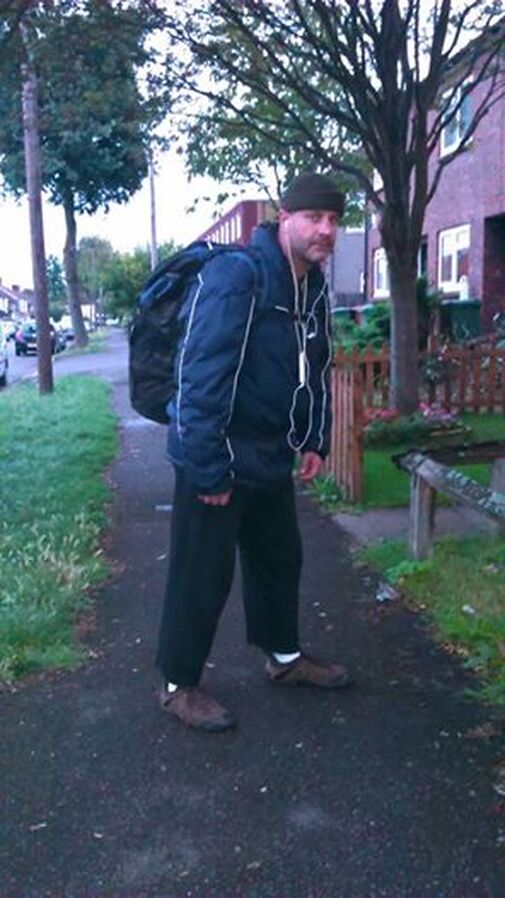
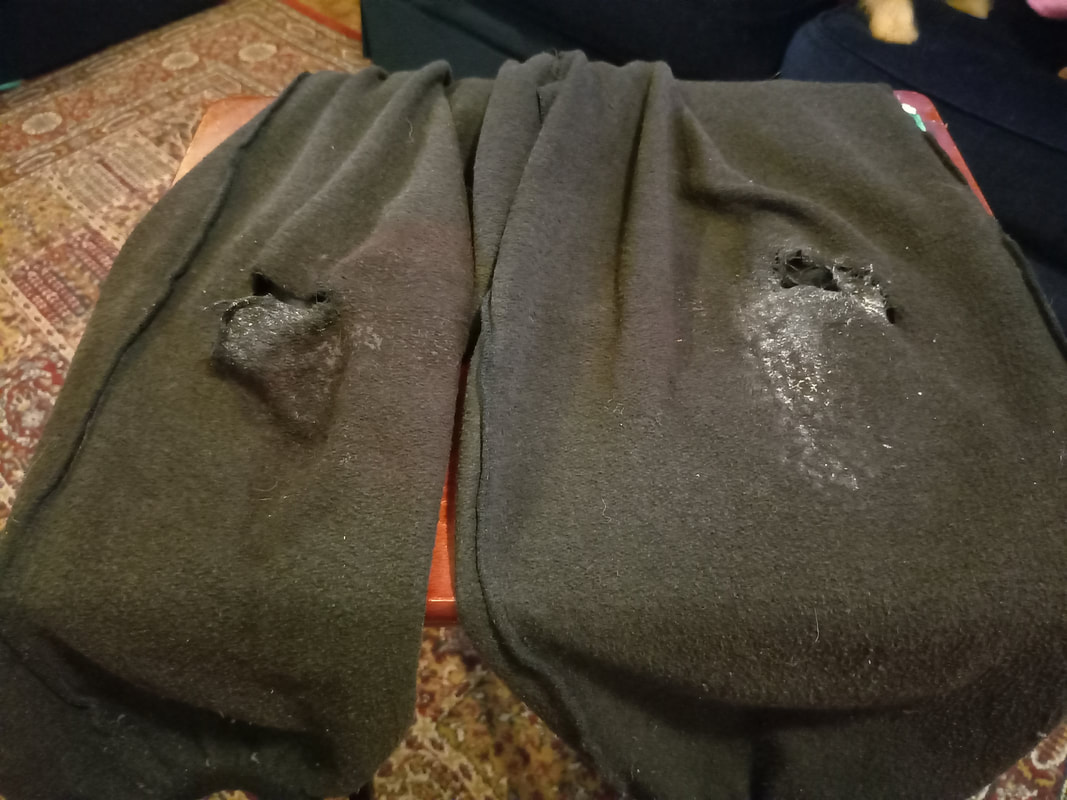
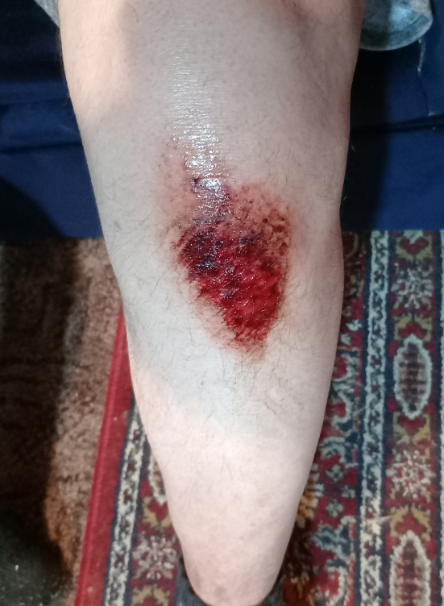
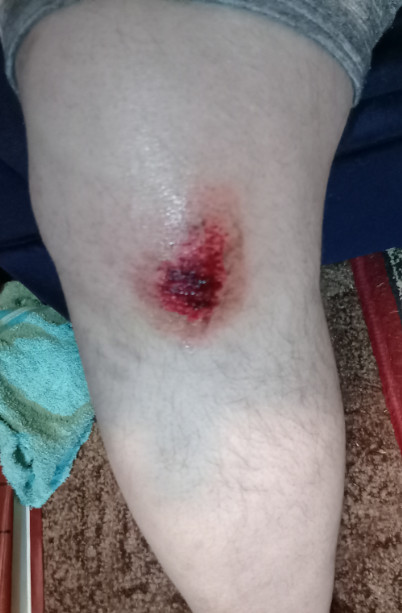
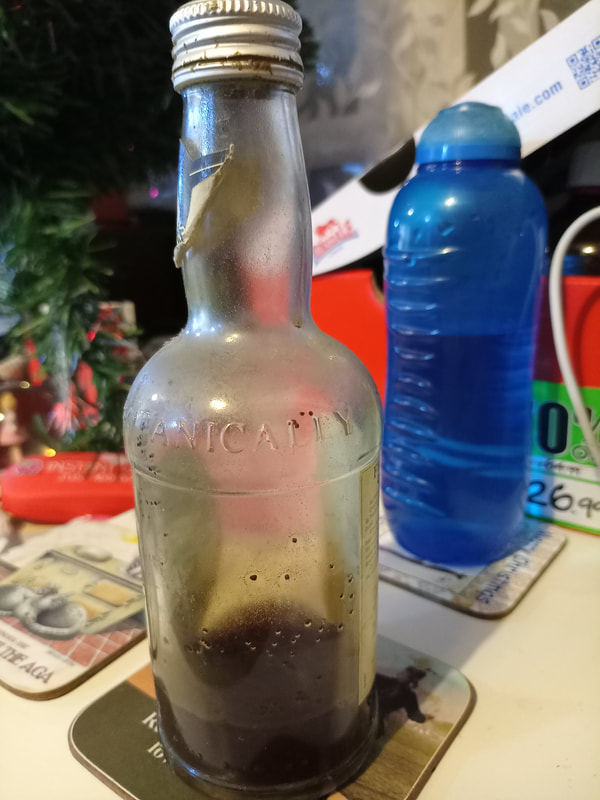
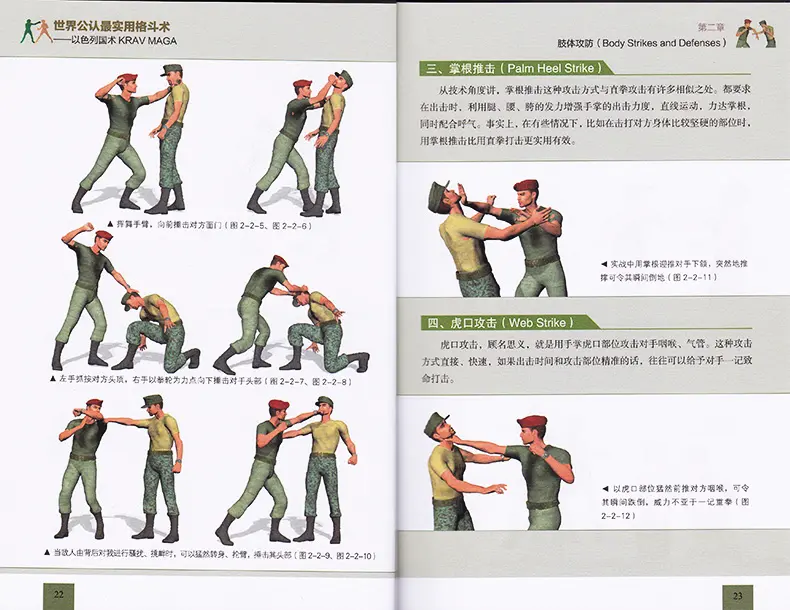
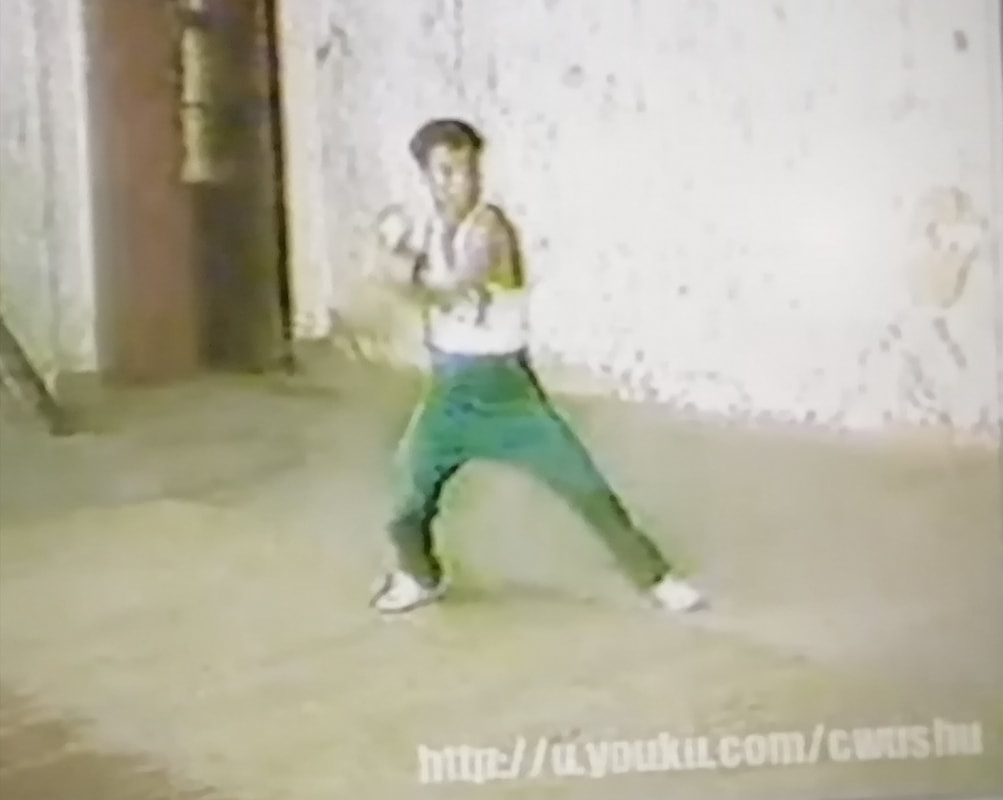
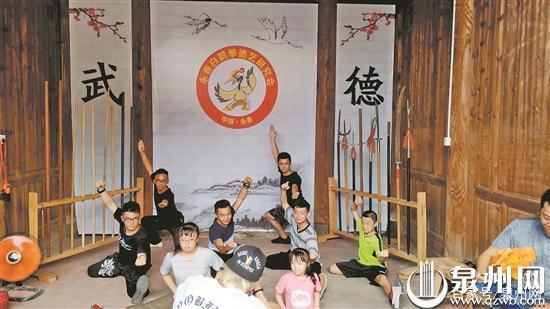
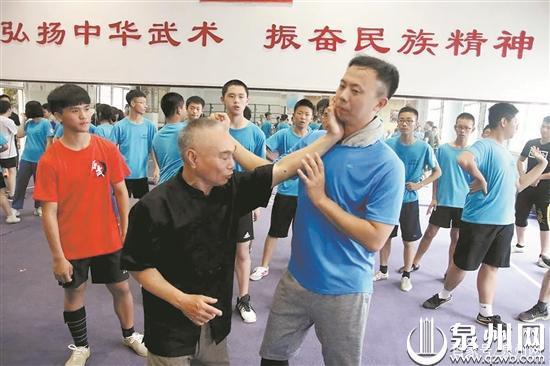
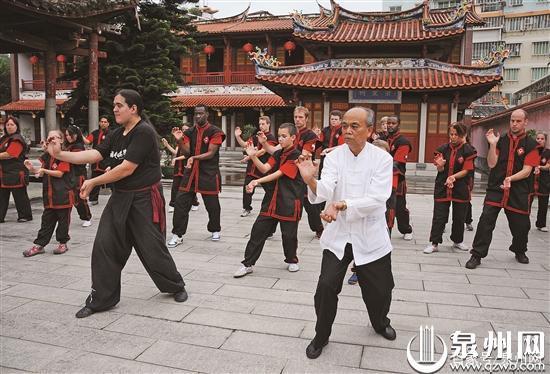
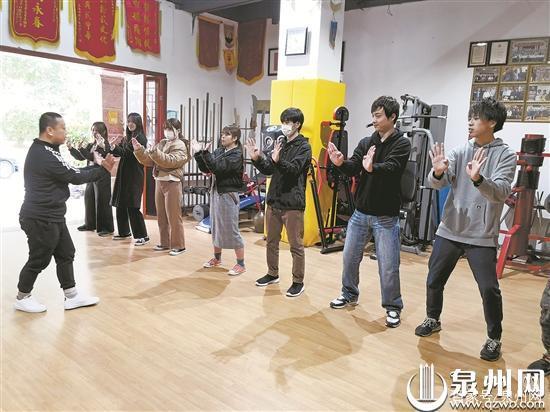
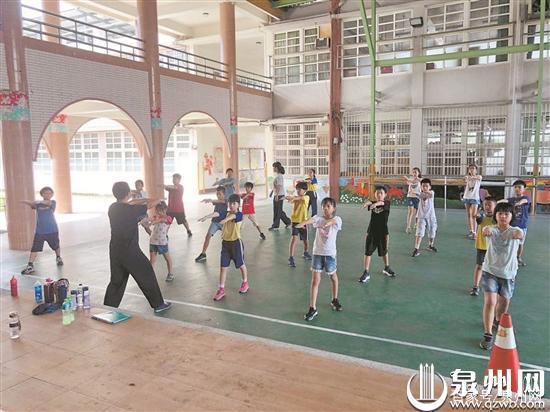
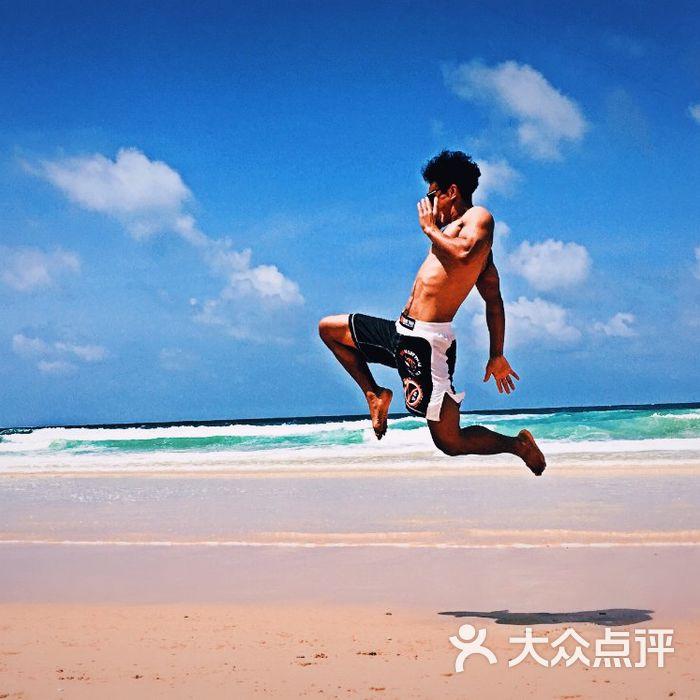
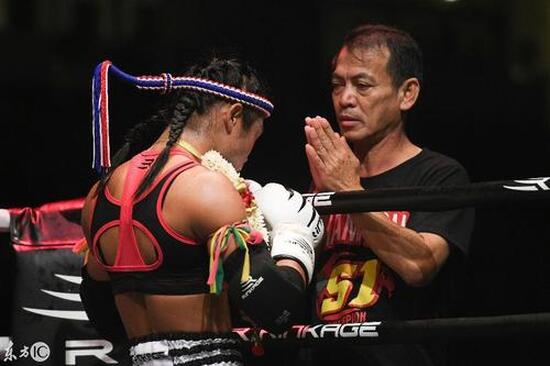
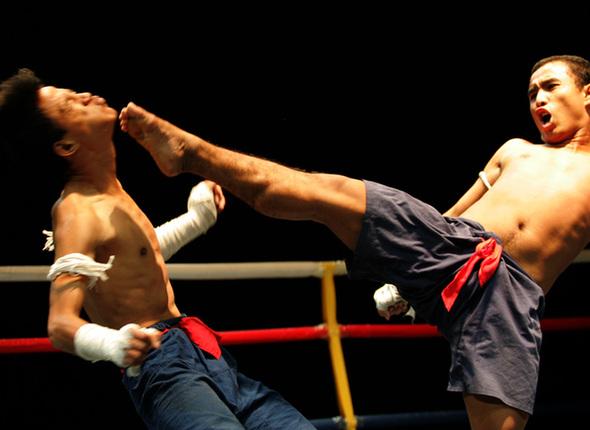
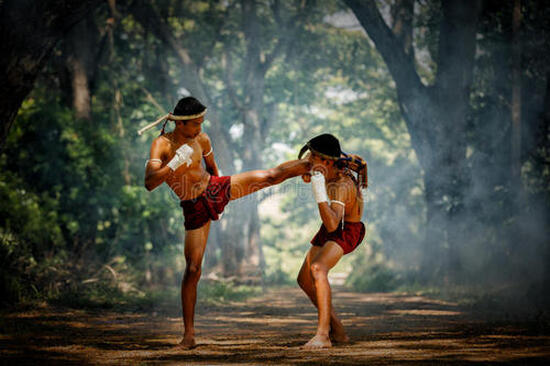
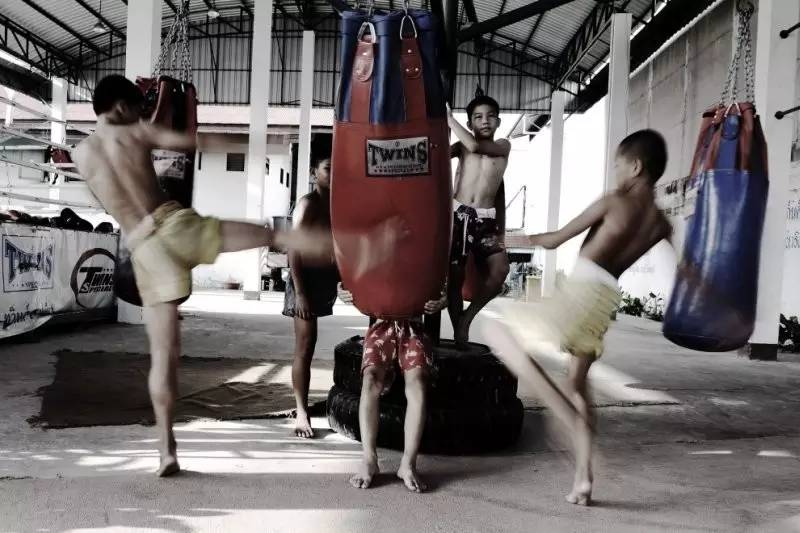
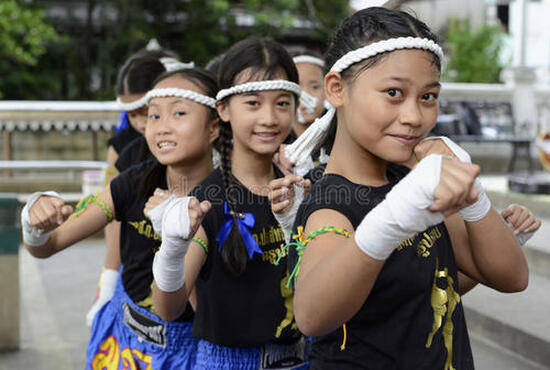
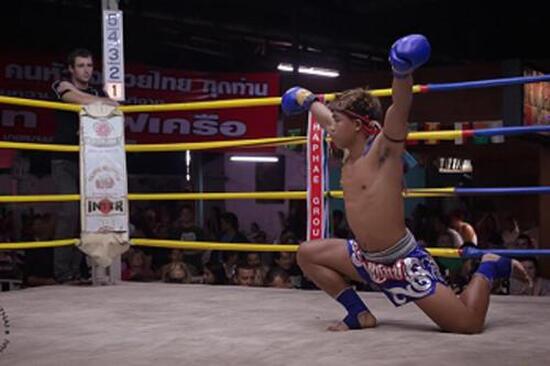
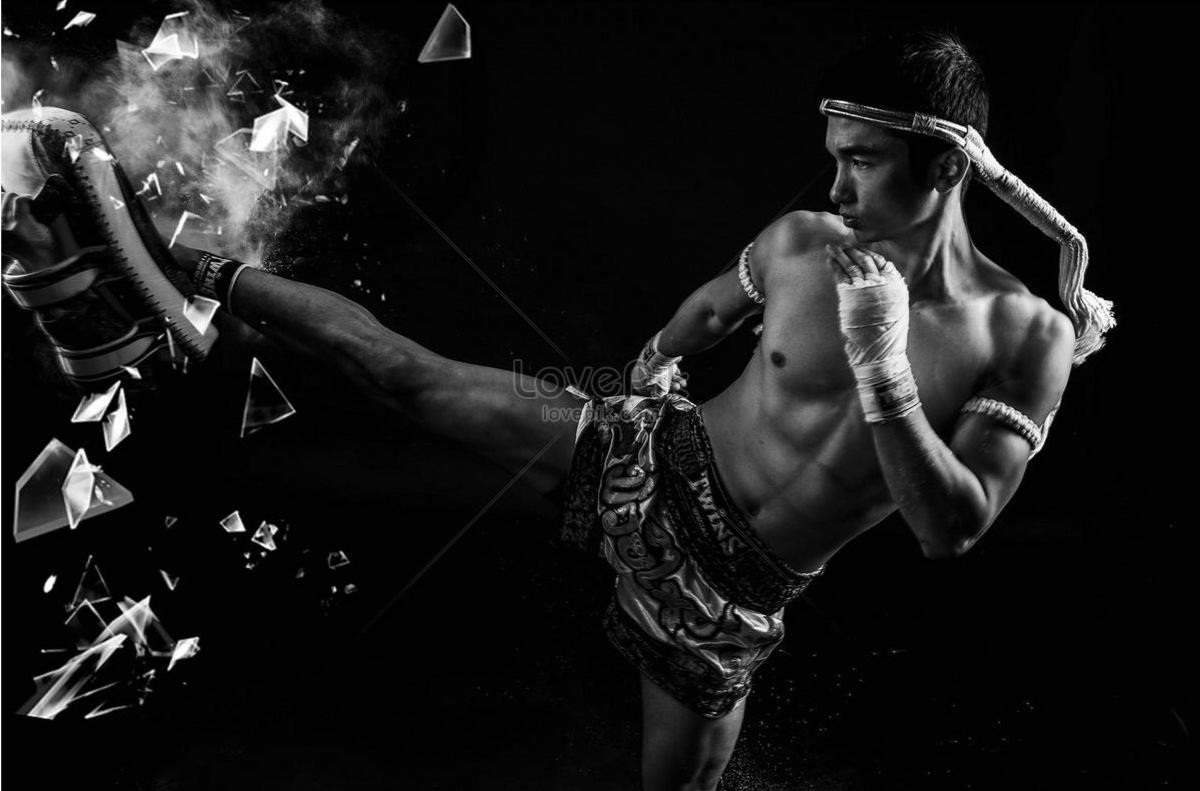
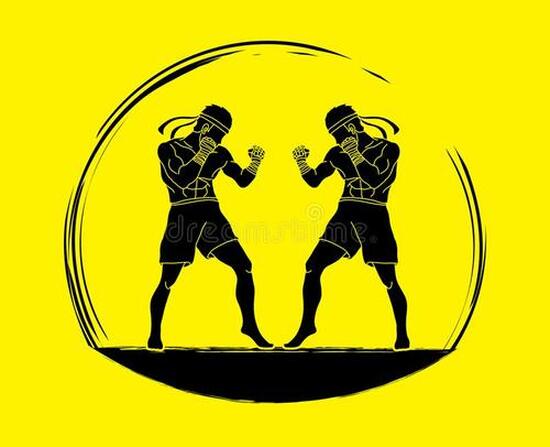
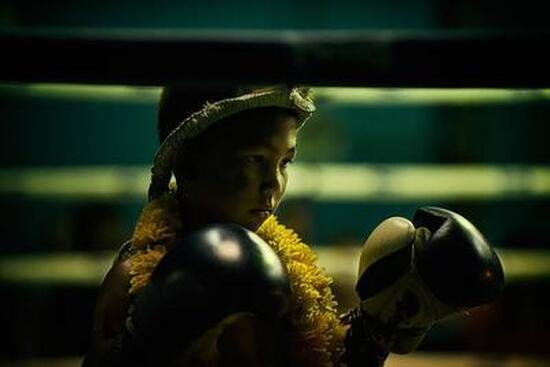
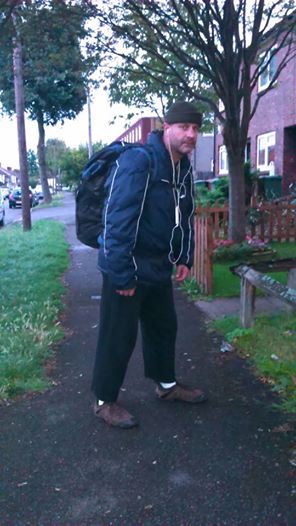
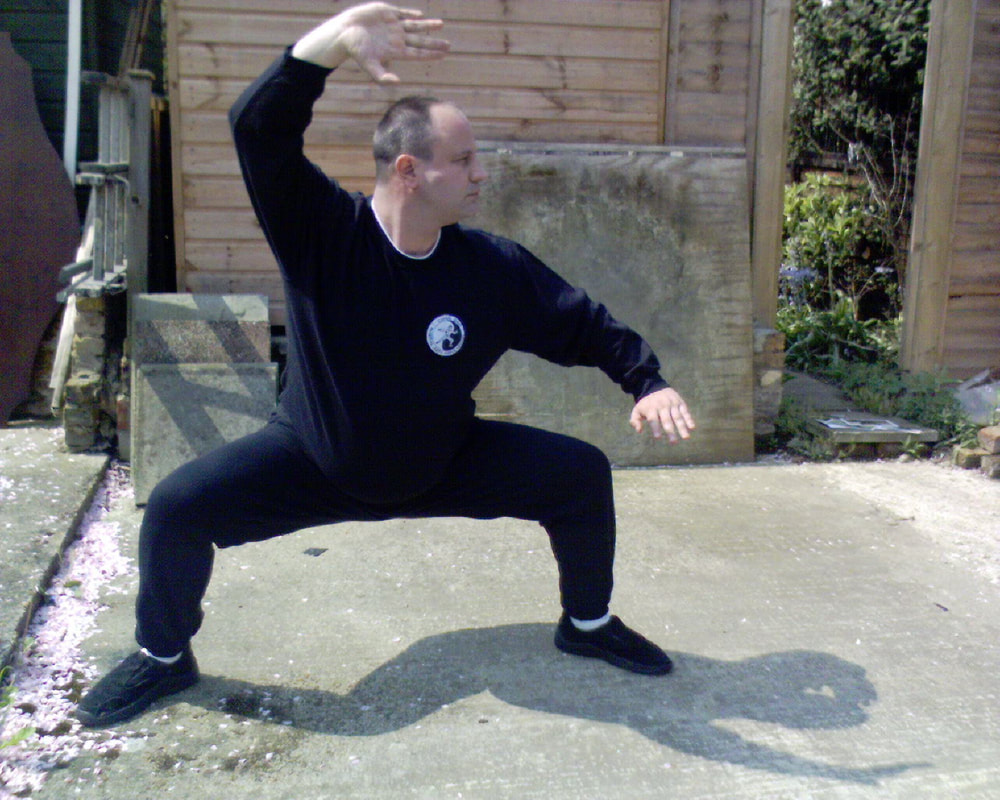
 RSS Feed
RSS Feed